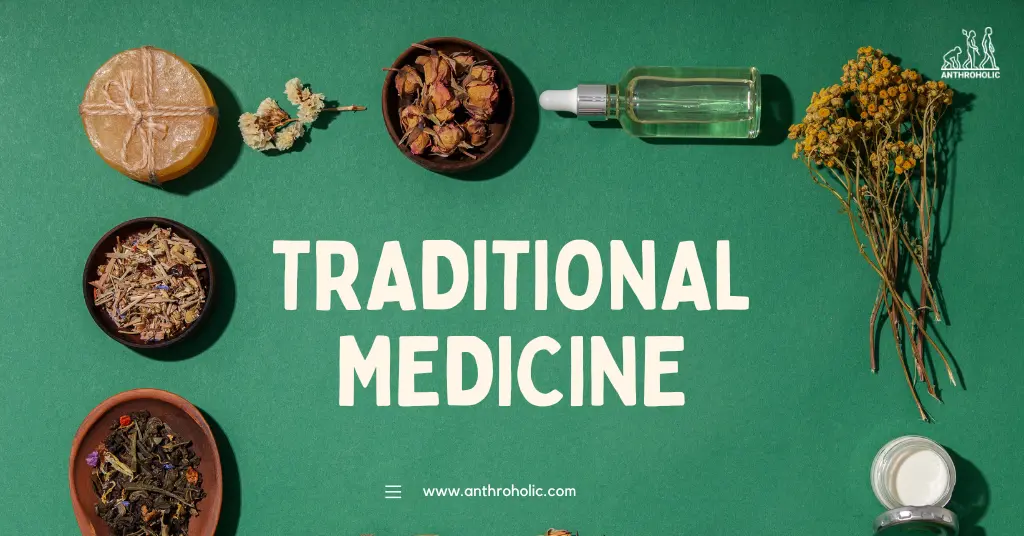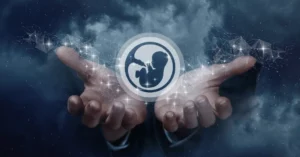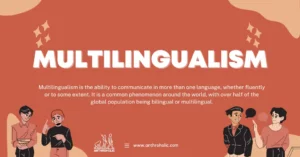AI Answer Evaluation Platform Live Now. Try Free Answer Evaluation Now
Traditional Medicine
Traditional Medicine (TM) represents an assortment of practices, approaches, and therapies used in various cultures to maintain well-being and treat ailments. Encompassing herbal medicine, acupuncture, rituals, and more, TM is deeply rooted in indigenous knowledge and cultural traditions.

Historical Background
Ancient Civilizations
Traditional Medicine has been practiced for thousands of years across various cultures:
- Chinese Medicine: Dating back over 2,500 years, incorporates herbal remedies, acupuncture, and Tai Chi [1].
- Ayurveda in India: Over 3,000 years old, emphasizes balance in bodily systems using diet, herbal treatment, and yogic breathing [2].
- African Traditional Medicine: Utilizes plants, animal substances, minerals, and ancestral spiritual practices [3].
Evolution into Modern Times
TM has adapted and integrated with modern medical practices, providing complementary treatments in many healthcare systems worldwide. The global market for TM has reached nearly $60 billion [4].
Methods and Practices
Traditional Medicine encompasses various methods, including:
- Herbal Medicine: Utilizing plants or plant extracts.
- Body Manipulation: Like massage and chiropractic treatments.
- Spiritual Healing: Rituals and ceremonies.
- Dietary Practices: Incorporating specific foods for healing.
Table 1: Common Traditional Medicine Practices
| Method | Example | Culture |
|---|---|---|
| Herbal Medicine | Ginkgo Biloba | Chinese |
| Body Manipulation | Chiropractic | Western |
| Spiritual Healing | Shamanic Rituals | Indigenous |
| Dietary Practices | Ayurvedic Diet | Indian |
Sociocultural Aspects
Cultural Acceptance and Belief Systems
- The efficacy of TM often relies on cultural acceptance and belief systems.
- In some societies, TM is a primary healthcare system, while in others, it complements conventional medicine.
- Spiritual components often connect with cultural religious or philosophical beliefs.
Ethnomedicine
- Ethnomedicine studies how different cultures understand health, illness, and healing.
- It reveals the intricate connections between TM practices and socio-cultural contexts.
Integration with Modern Healthcare
Complementary and Alternative Medicine (CAM)
- Traditional Medicine is often included under the umbrella of CAM, which refers to medical products and practices not part of conventional medicine.
- Many countries have developed policies to integrate TM into primary healthcare, acknowledging its value, especially in remote or underserved areas.
Challenges in Integration
- Regulation: Differing regulatory standards can hinder integration.
- Education: Lack of education about TM practices among healthcare professionals.
- Research: Need for more extensive scientific research to substantiate efficacy and safety.
Economic Impact
Global Market
- The global market for Traditional Medicine is steadily growing, estimated at over $100 billion in 2021.
- Markets are expanding in North America, Europe, Asia, and Africa.
Table 2: Market Size of Traditional Medicine by Region (2021)
| Region | Market Size (in billions) |
|---|---|
| North America | $30 billion |
| Europe | $25 billion |
| Asia | $35 billion |
| Africa | $10 billion |
Local Economies
- TM supports local economies by generating income through the cultivation, production, and trade of medicinal plants and remedies.
Environmental Impact
Sustainable Practices
- Sustainable harvesting and cultivation practices are crucial to preserve biodiversity and the availability of medicinal plants.
Ecological Knowledge
- Indigenous communities often possess extensive ecological knowledge, contributing to conservation and sustainable use of resources.
Social Impact and Community Involvement
Empowerment
- TM often empowers local communities by recognizing and utilizing indigenous knowledge and practices.
Community Health
- TM can support community health by providing accessible and affordable healthcare solutions, especially in remote areas.
Ethical Considerations
- Conservation: Overharvesting of medicinal plants can endanger species.
- Intellectual Property: Protecting indigenous knowledge against exploitation.
- Safety and Efficacy: Ensuring proper regulation and research into TM practices.
Conclusion
Traditional Medicine offers a rich and diverse array of practices deeply rooted in the historical and cultural fabric of human societies. From ancient civilizations to modern times, TM has continued to evolve, providing healthcare solutions in various cultural contexts. Anthropological insights into these practices reveal not only the medical but also the social, cultural, and ethical dimensions of Traditional Medicine. The integration of TM within modern healthcare frameworks can provide more personalized and culturally sensitive treatments, yet challenges in conservation, intellectual property, and efficacy remain.
References
[1] Unschuld, P.U. (2019). Huang Di Nei Jing Ling Shu: The Ancient Classic on Needle Therapy. University of California Press.
[2] Chopra, A. (2003). Ayurvedic Medicine: Core Concept, Therapeutic Principles, and Current Challenges. Medical Journal Armed Forces India.
[3] Abubakar, M.S., Musa, A.M. (2017). An Overview of African Traditional Medicine. African Journal of Traditional, Complementary, and Alternative Medicines.
[4] World Health Organization. (2013). Traditional Medicine Strategy 2014-2023. WHO.




